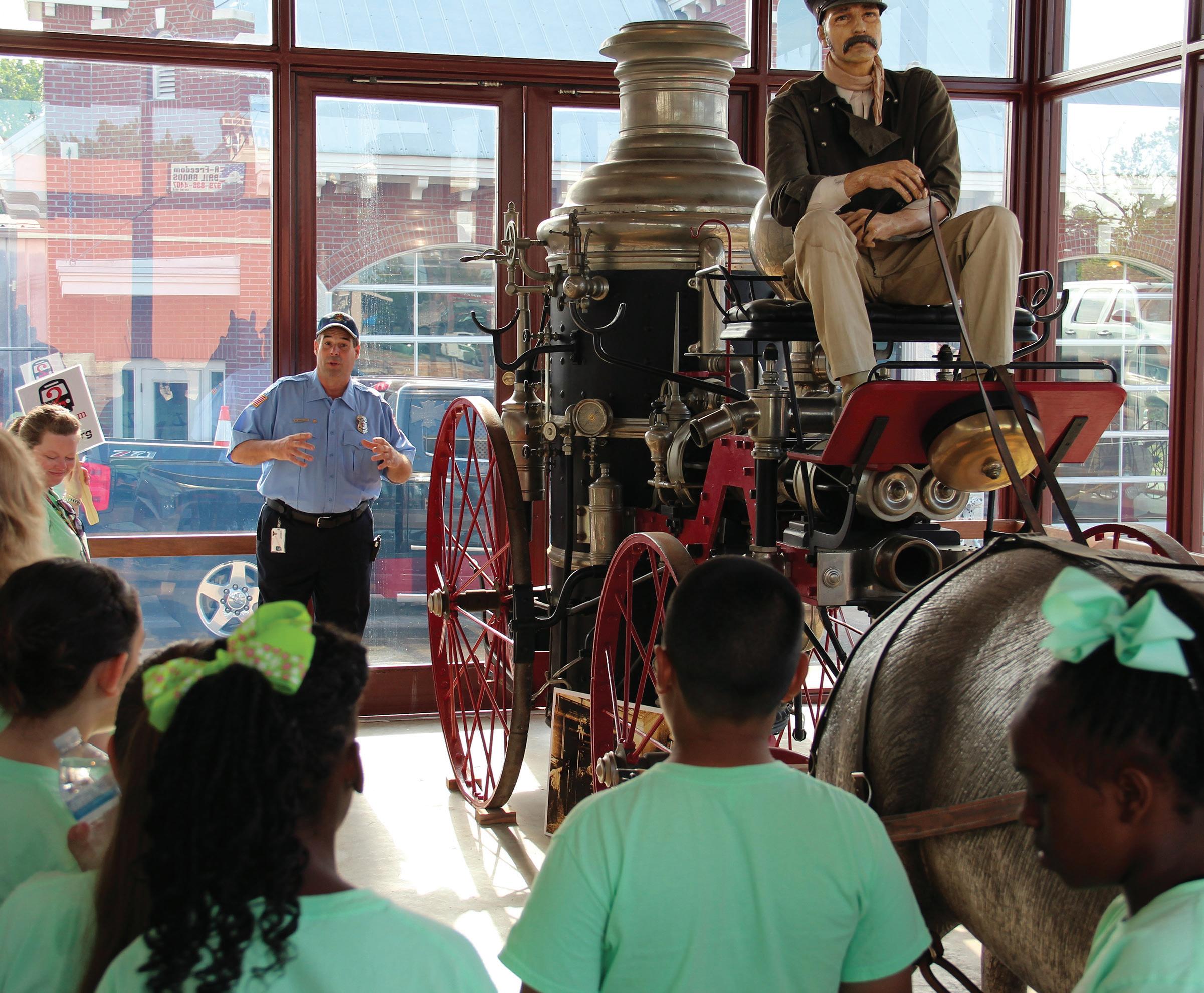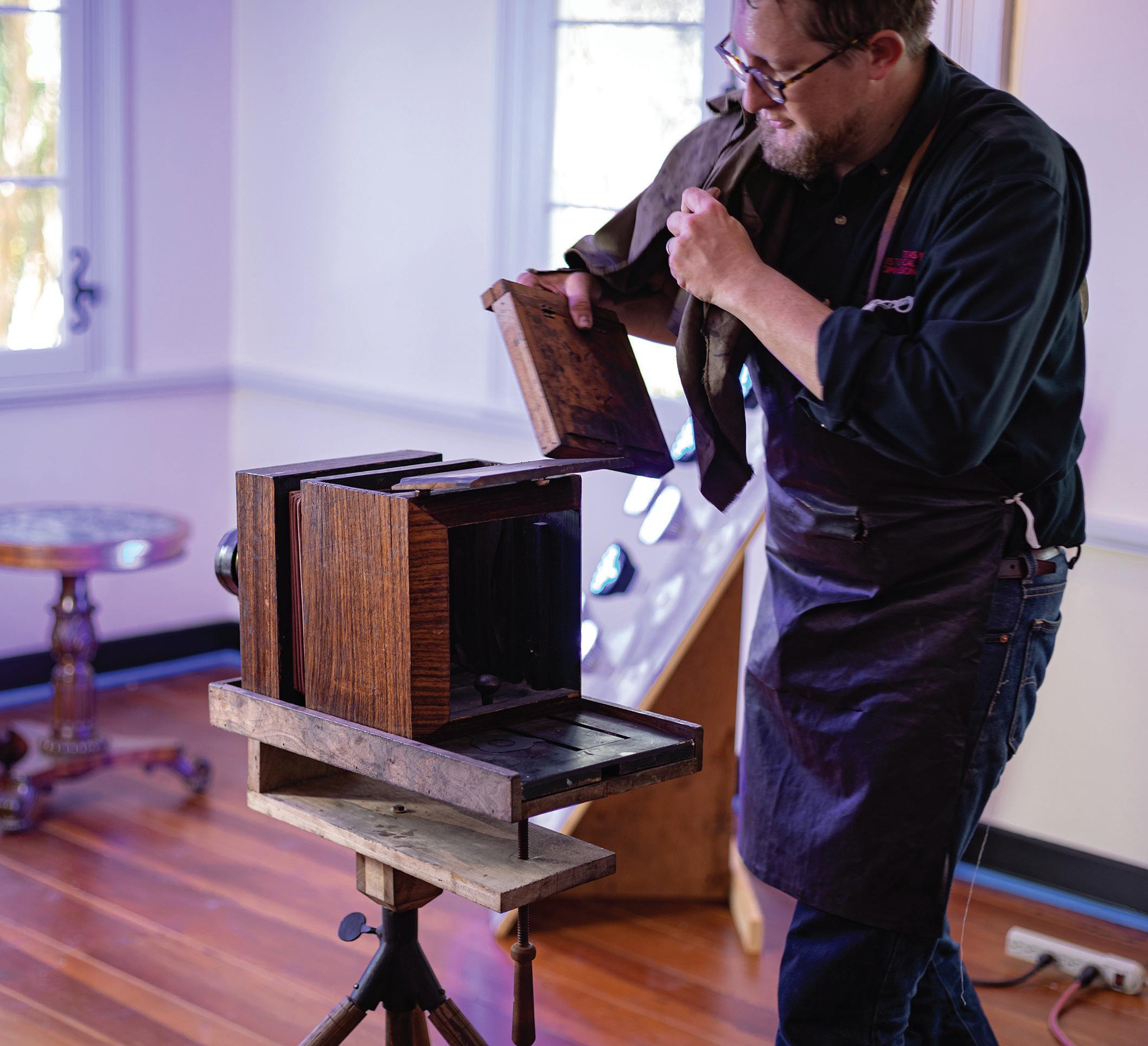TEXAS STATE LIBRARY & ARCHIVES
State Historic Sites of Texas Exploring Texas Historical Sites Through the Digital Collections of the State Archives by Susan Floyd
T
Birdseye view of Goliad State Park. Phinney, Temple. Blue line on tancolored paper, 1938 (top). The Master Plan, Goliad State Park, Texas, United States, Department of the Interior, 1938 (bottom). | Courtesy Texas State Library and Archives Commission
66
AUTHENTIC TEXAS
he Texas State Library and Archives Commission has among its archival holdings collections that document the development of many of the state’s important historical sites, including those managed by the Texas Parks and Wildlife Department and Texas Historical Commission. The Parks and Wildlife Department Battleship Texas records, spanning 1947 to the 1990s, include prints, ships plans, and a poster reproduction of a painting of the USS Texas from both the U.S. Navy and the TPWD; recordings of Battleship Texas Commission meetings, the campaign to save the Battleship Texas, and the decommissioning ceremony; and meeting minutes of the Battleship Texas Advisory Board. The majority of the materials serve as documentation for the restoration and creation of a historic monument by the TPWD at the San Jacinto Battleground State Historic Site. A portion of these materials have been digitized and are part of the Texas Digital Archive (www.tsl.texas.gov/texasdigitalarchive). The history of the battleship is also documented elsewhere in the State Archives, including an 1898 stereograph card; the caption on this card reads, “The proud ‘Texas’ – Captain ‘Jack’ Philip coming home from Santiago.” The USS Battleship Texas participated in the July 3, 1898, battle off Santiago that destroyed Spain’s naval forces in the Western hemisphere. Captain John W. “Jack” Philip was commanding officer. Philip is remembered for saying, “Don’t cheer, men; the poor devils are dying.” The captain presented the state of Texas with a piece of the battleship armor that was pierced by a shot from the enemy in the battle, now part of the TSLAC Artifacts Collection. The United States Congress created the Civilian Conservation Corps in 1933 at the request of President Franklin Roosevelt as an emergency program devoted to the care of natural resources. The program provided jobs and income to young men and served as an instrument for preserving natural resources and developing state park lands. TSLAC has digi-















